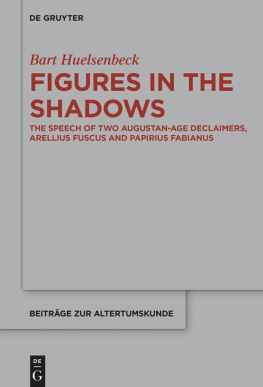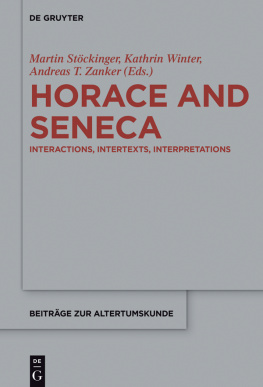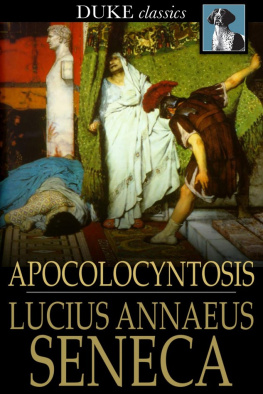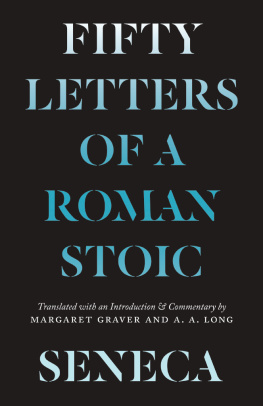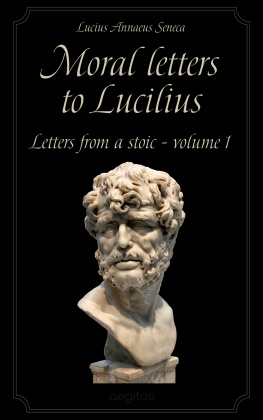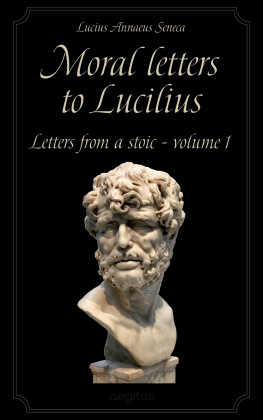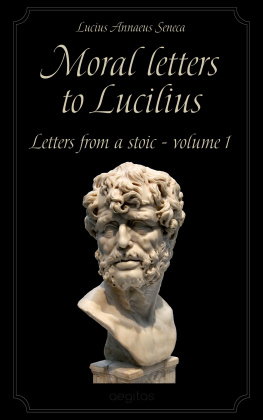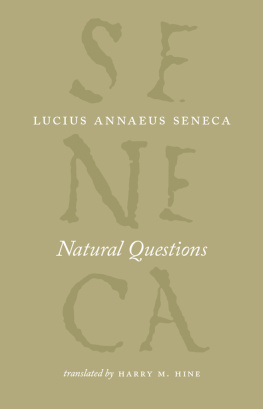Contents
Guide

Bart Huelsenbeck
Figures in the Shadows
Beitrge zur Altertumskunde

Herausgegeben von
Susanne Daub, Michael Erler, Dorothee Gall, Ludwig Koenen und Clemens Zintzen
Band 369

ISBN 978-3-11-030618-7
e-ISBN (PDF) 978-3-11-030634-7
e-ISBN (E-PUB) 978-3-11-038815-2
ISSN 1616-0452
Library of Congress Control Number: 2018934740
Bibliografische Information der Deutschen Nationalbibliothek
The Deutsche Nationalbibliothek lists this publication in the Deutsche Nationalbibliografie; detailed bibliographic data are available on the Internet at http://dnb.dnb.de.
2018 Walter de Gruyter GmbH, Berlin/Boston
www.degruyter.com
Acknowledgments
The present study has by now developed a rather long history, certainly longer than I would ever have anticipated when it first began. The debts that I have accrued, both professional and personal, have come at various stages and in different forms. The most significant of these I wish to acknowledge in this short space.
The work seen here began as a dissertation at Duke University under the supervision of Mary T. Boatwright, who has proven a constant champion of the studys purpose and merits, both during the writing of the dissertation and ever since its acceptance. Christina Kraus of Yale University served on the dissertation committee, gave critical feedback, and continued to push for publication. I treasure memories of long conversations with Francis Newton and Larry Richardson, Jr. (19202013) that have informed this study in ways impossible to pinpoint or quantify. Others at Duke helped in various ways, among them Diskin Clay (19382014), Micaela Janan, Grant Parker, Kent Rigsby, and Clare Woods. At a late stage, Neil Bernstein delivered comments and a shot of enthusiasm.
Over the past decade or so Europe has become the epicenter of studies on declamation. By an inexplicable stroke of good fortune, I have gained the support of two leading authorities on the subject, Francesco Citti and Antonio Stramaglia, without whose consummate expertise and generosity this study likely would never have been published. Charles Gurin helped more than he knows, urging publication at a time when I had nearly abandoned the idea and also providing feedback.
A New Faculty Fellowship from the American Council of Learned Societies (ACLS) was necessary for the opportunity to begin revision. A Research Fellowship from the International Society for the History of Rhetoric (ISHR) was similarly indispensable, at a time when university resources are scarce or inaccessible.
Frank T. Coulson, who has been with me since my initiation into academia, has been an unfailing source of support and encouragement. Marcello Lippiello has remained the faithful companion and a true friend.
I do not know Stefan Feddern, but I want to express sincere thanks to him for taking seriously the dissertation version of this study, and for graciously looking past its flaws.
The last word belongs to family, without whom this work is unthinkable: Cheryl and Bill Brunscheen, Brian Huelsenbeck and family, the Jaerger family, and finally my wife and two sonsAmy, Willem, and Ozzy.
Abbreviations
| C . | Controuersia(e) |
| H | Edition of elder Seneca by L. Hkanson. The abbreviation is always used with page |
| and line numbers, e.g., H 354,810 = , lines 810 of Hkanson 1989a. |
| H-Sz | Hofmann, J. B. / Szantyr, A. (1965), Lateinische Syntax und Stilistik , Munich. |
| K-St | Khner, R. / Stegmann, C. (1988), Ausfhrliche Grammatik der lateinischen Sprache: ii. Satzlehre , 5th ed. revised by A. Thierfelder, 2 vols., Hannover. |
| OLD | (2012), Oxford Latin Dictionary , 2nd ed., 2 vols., Oxford. |
| S . | Suasoria(e) |
| TLL | (1900), Thesaurus linguae latinae , Leipzig. |
Sigla for the textual tradition of the elder Seneca
| V | Vaticanus latinus 3872. Copied at Corbie, 850880. |
| V | Ninth-century corrector of V . |
| B | Brussels, Bibl. Royale, 95819595. Copied saec. ix 2/2 , perhaps in NE France. |
| A | Antwerp, Erfgoedbibliotheek Hendrik Conscience, 411. Copied saec. x, in France. |
| E | Excerpted tradition. The principal manuscript witness is Montpellier, Bibliothque |
| interuniversitaire, Section Mdecine, H 126. |
Editions of the elder Seneca
Bornecque, H. (1932 [orig. 1902]), Controverses et Suasoires , 2nd ed., 2 vols., Paris.
Bursian, C. (1857), Annaei Senecae Oratorum et rhetorum sententiae diuisiones colores , Leipzig.
Edward, W. A. (1928), The Suasoriae of Seneca the Elder, being the Liber Suasoriarum of the Work Entitled L. Annaei Senecae Oratorum et Rhetorum Sententiae, Diuisiones, Colores , Cambridge.
Feddern, S. (2013), Die Suasorien des lteren Seneca. Einleitung, Text und Kommentar , Berlin/Boston.
Hkanson, L. (1989a), L. Annaeus Seneca Maior. Oratorum et rhetorum sententiae, diuisiones, colores , Leipzig.
Kiessling, A. (1872), Annaei Senecae Oratorum et rhetorum sententiae diuisiones colores , Leipzig.
Mller, H. J. (1887), L. Annaei Senecae Oratorum et rhetorum sententiae diuisiones colores , Vienna.
Winterbottom, M. (1974), Seneca the Elder. Declamations , 2 vols., Cambridge, MA/London.
Introduction
This book is about Roman declamation, but its compass is larger. Its home base is the compilation by the elder Seneca (c. 55 BC39 AD), one of the most precious records extant on declamation. Declamationspeech performances delivered on the basis of fictitious, sometimes apparently outlandish, scenarioshas experienced a rise in scholarly interest over roughly the last thirty years. Once largely despised and ignored, declamation is now understood to have profoundly influenced classic literary works and to offer unique insights into ancient Roman society, psychology, and politics. and its unique properties, are far fewer than those on declamation more generally. Consequently, Senecas compilation still is not well understood, and some of its greatest potentials for modern understanding of declamation, literature, and social history remain unrealized.
The collection shows three distinct characteristics that, together, make it unlike any other work surviving from classical antiquity; the same three characteristics, among others, expand its relevance and ramifications into other texts and fields. First, there is chronology. Seneca lived a long life, which makes him an ideal archival witness to the history of declamation. The practice of declamation in many ways was deeply conservative. Over the centuries it continued to be practiced as it had always been practiced, thoroughly utilizing the tools ( themata , techniques, language) of its declamatory inheritance. But declamation was also organic. It has a history like other historiesnot static, but dynamic, evolving, and in flux. The material contained in Senecas collection (namely, its quotation of various speakers) extends across six decades, from the beginning of the Augustan Age (some of the most prominent speakers were contemporaries of such canonical authors as Vergil and Livy) through the early decades of the 1st century AD. The impact of Latin declamation was, in this period, arguably at its most profoundnot only constituting the education of teenage boys, but also performed and attended by adults, among them the politically and socially powerful, and all this over the full extent of what has been regarded as the culminating period of Latin letters.

